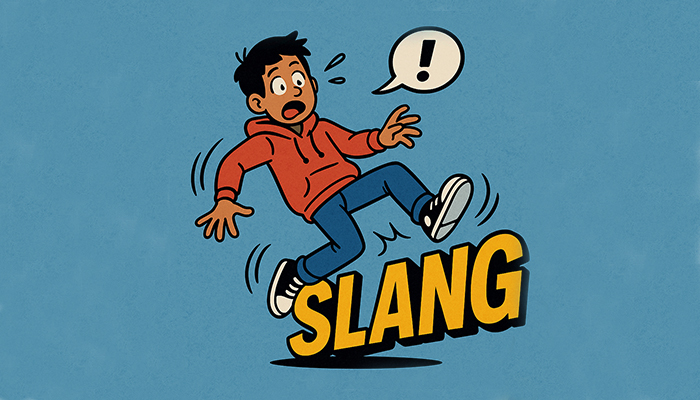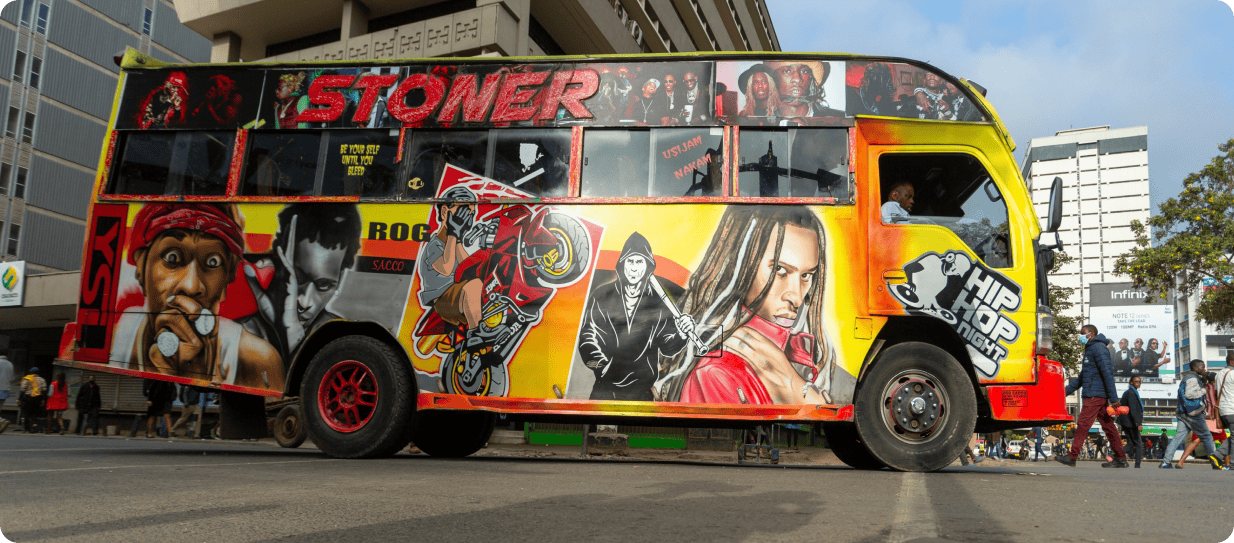Top 10 Challenges in Website Translation and How to Overcome Them

Introduction: Why Website Translation is Complex (and How It Can Go Hilariously Wrong)
Website translation. A seemingly simple task: take words from one language, pop them into another, and call it a day. Except, of course, that’s absolute nonsense. In reality, website translation is an elaborate game of linguistic Twister, where one wrong move can leave your content looking like a Google Translate fever dream. Ever seen a restaurant menu proudly offering “roasted child” instead of “grilled chicken”? That’s what happens when things go south.
So, before your brand becomes the next meme for multilingual mishaps, let’s navigate the top 10 challenges in website translation—and how to actually get it right.
1. Maintaining Brand Voice Across Languages
Your brand voice is carefully crafted: maybe it’s authoritative, maybe it’s playful. Either way, translating it can feel like passing a joke through five rounds of whisper-down-the-lane. The result? A tragic loss of personality.
Solution: Work with expert human translators (not just machines), brief them on your tone, and use a style guide to keep things consistent.
2. Handling Cultural Nuances and Idioms
Idioms don’t travel well. “Bite the bullet”? Sounds vaguely cannibalistic in some cultures. “Killing two birds with one stone”? Cruelty to animals, no thank you. And let’s not even start on British humour—it’s practically a foreign language to some.
Solution: Cultural adaptation, not just translation. If your brand prides itself on wit, work with linguists who can recreate the effect, not just the words.
3. Managing CMS Limitations for Multilingual Sites
Your website’s Content Management System (CMS) might be perfectly happy in English, but the moment you try feeding it Arabic or Chinese, it has a minor breakdown.
Solution: Use a translation-friendly CMS (see our handy guide on the best ones) and ensure it can handle right-to-left languages, special characters, and, frankly, a world beyond ASCII.
4. SEO Optimisation for Multilingual Content
Translating your content is one thing. Ensuring it ranks on Google is quite another. Get it wrong, and you could be invisibly whispering into the void.
Solution: Properly implement hreflang tags (link to our SEO blog), conduct local keyword research, and optimise metadata in every language.
5. Text Expansion and Layout Issues
English is a wonderfully concise language. German, on the other hand, can turn “speed limit” into “Geschwindigkeitsbegrenzung.” If your beautifully designed buttons break when translated, you have a problem.
Solution: Design with flexibility in mind, allowing for text expansion and contraction. Or be prepared to redesign everything. Your choice.
6. Consistency Across Multiple Languages
You don’t want your French site calling a product “chaussures” in one place and “souliers” in another. Your website’s Content Management System (CMS) might be perfectly happy in English, but the moment you try feeding it Arabic or Chinese, it has a minor breakdown.
Solution: CAT tools (Computer-Assisted Translation) and translation memory ensure consistent terminology. See our guide on how professionals use them.
7. Balancing Speed and Quality
Quick, cheap, good—pick two. If you need fast and high-quality translations, relying on machine translation alone is the equivalent of letting autocorrect write your wedding vows.
Solution: Use professional translators supported by AI, not replaced by it. That way, you get efficiency and accuracy.
8. Managing Translation Costs
Quality translation isn’t cheap, but neither is the cost of alienating your global audience with a botched job.
Solution: Plan ahead, budget realistically, and use translation memory tools to avoid paying for the same phrases over and over again.
9. Legal and Compliance Issues
Different countries have different regulations on privacy, accessibility, and disclaimers. Getting it wrong can land you in hot water faster than you can say “terms and conditions apply.”
Solution: Work with translators who understand local regulations, especially in highly regulated industries like finance and healthcare.
10. Testing and Quality Assurance
Think you’re done once the words are translated? Think again. A missing character in Chinese can completely change the meaning of a sentence, and a badly formatted page can render your content unreadable.
Solution: Always test translated content in-context. Check the UX, review the layout, and get native speakers to proofread before launch.
Conclusion: How Brightlines Overcomes These Challenges
Bad website translation isn’t just embarrassing—it can wreck your brand’s reputation, tank your SEO, and drive potential customers straight into the arms of your competitors. The solution? Professional translation with linguistic expertise and technical precision.
At Brightlines, we don’t just translate—we adapt, optimise, and fine-tune your content for every language and market. Want to avoid becoming the next “translation fail” meme? Talk to us today.






